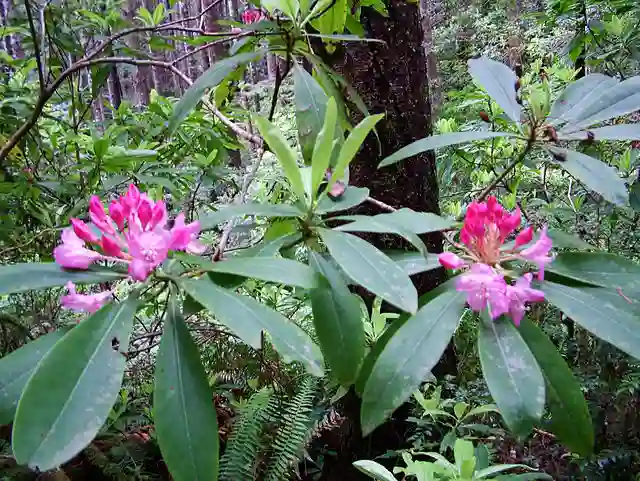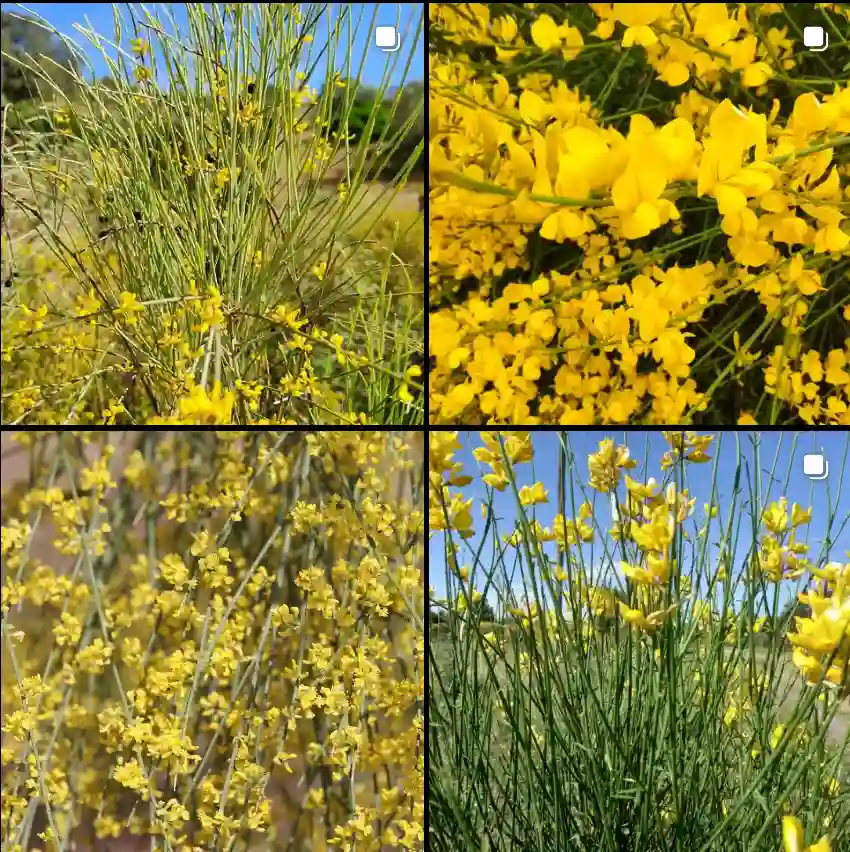The Enchanting World of Ballota: A Personal Exploration
My name is Ferb Vu, and I’ve always been drawn to the intricate beauty and diversity of the natural world. Recently, my curiosity led me down a fascinating path to explore the genus Ballota, a group of flowering plants belonging to the mint family (Lamiaceae). These often overlooked plants, commonly known as horehounds, possess a unique charm and offer a glimpse into the remarkable adaptations that allow plants to thrive in various environments.
Unveiling the Characteristics of Ballota
What captivated me most about Ballota is their resilience. These plants are typically perennial, meaning they live for more than two years, and they exhibit a range of growth habits, from evergreen shrubs to herbaceous perennials. Their leaves, often covered in fine hairs, give them a velvety texture, while their flowers, though small, cluster together in eye-catching whorls. The color palette of these blossoms ranges from white and pale yellow to vibrant shades of pink and purple, adding a splash of color to their surroundings.
One cannot discuss Ballota without mentioning their distinctive aroma. The leaves, when crushed, release a pungent, somewhat medicinal scent, a characteristic attributed to the presence of volatile oils. This unique fragrance serves a crucial purpose, acting as a natural deterrent against herbivores, protecting the plants from being eaten.
A Diverse Family: Species within the Ballota Genus
The genus Ballota encompasses a diverse array of species, each with its own unique characteristics and distribution:
- Ballota nigra: Commonly known as black horehound, this species is widespread across Europe and has even been introduced to North America. It’s recognized by its reddish-purple flowers and distinctive odor.
- Ballota adenophora Hedge
- Ballota andreuzziana Pamp.
- Ballota antalyensis Tezcan & H.Duman
- Ballota antilibanotica Post
- Ballota byblensis Semaan & R.M.Haber
- Ballota cristata P.H.Davis
- Ballota glandulosissima Hub.-Mor. & Patzak
- Ballota grisea Pojark.
- Ballota kaiseri Täckh.
- Ballota larendana Boiss. & Heldr.
- Ballota luteola Velen.
- Ballota macrodonta Boiss. & Balansa
- Ballota philistaea Bornm.
- Ballota platyloma Rech.f.
- Ballota saxatilis Sieber ex C.Presl
- Ballota sechmenii Gemici & Leblebici
- Ballota vellerea Maire, Weiller & Wilczek
The Ecological Role of Ballota
Beyond their aesthetic appeal, Ballota species play a vital role in their ecosystems. They provide a source of nectar and pollen for pollinators such as bees and butterflies, contributing to the health and diversity of insect populations. Additionally, their dense growth habit can offer shelter and habitat for small animals.
Human Uses and Cultural Significance
Throughout history, humans have recognized the value of Ballota. Several species, particularly Ballota nigra, have been used in traditional medicine to address various ailments, including respiratory issues and digestive problems. The plant’s essential oils have also found applications in aromatherapy and perfumery.
In some cultures, Ballota has even played a role in folklore and superstition. For instance, in certain European traditions, black horehound was believed to ward off evil spirits and protect against witchcraft.
Conservation and Future Prospects
While many Ballota species are relatively widespread, some face threats due to habitat loss and degradation. Conservation efforts are crucial to ensure the continued survival of these fascinating plants. Furthermore, research into the chemical composition and potential medicinal properties of Ballota is ongoing, promising to uncover new applications and benefits.
A Continuing Fascination
My journey into the world of Ballota has been an enriching experience. These plants, with their resilience, unique adaptations, and diverse uses, exemplify the wonders of the natural world. As I continue to learn and explore, I am filled with a sense of appreciation for the intricate connections that weave together the tapestry of life on Earth.
If i die, water my plants!



